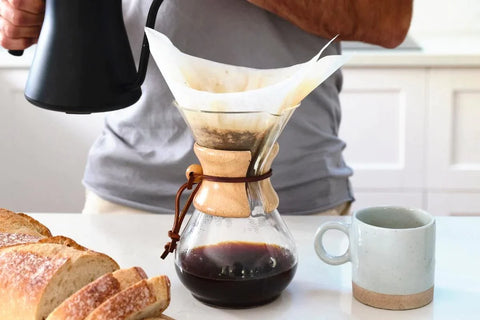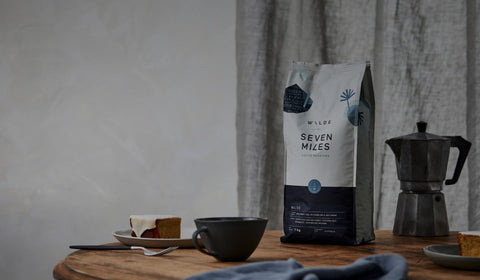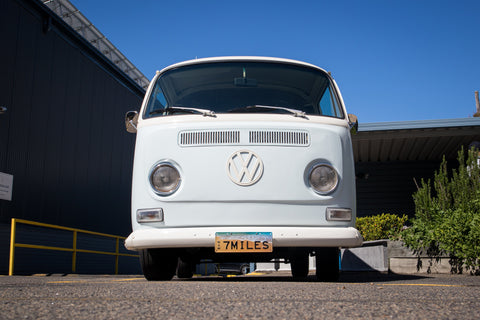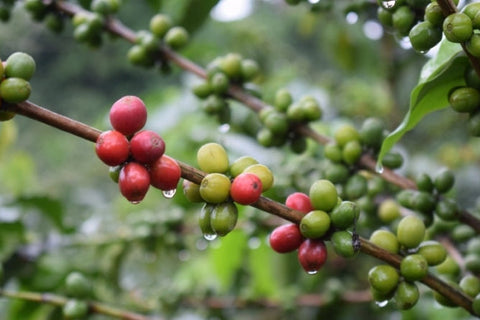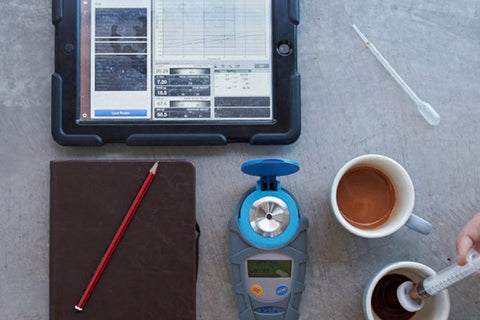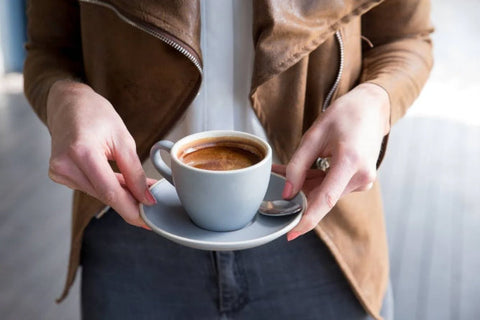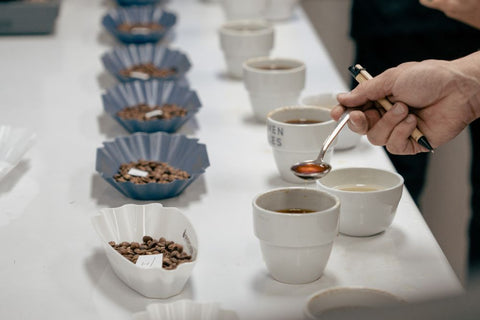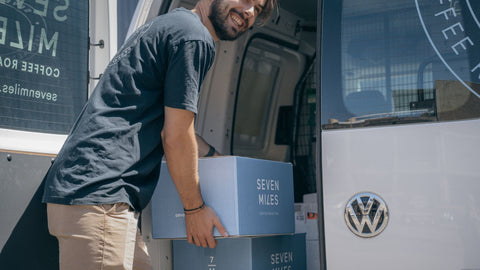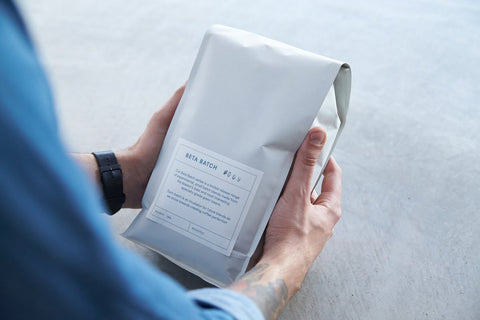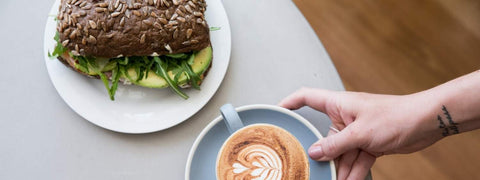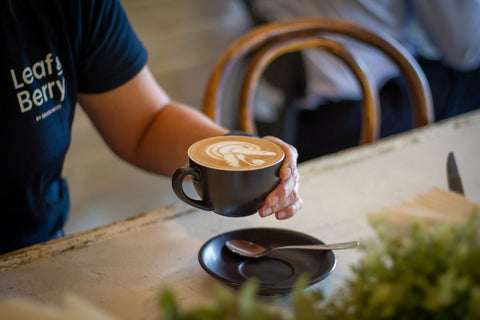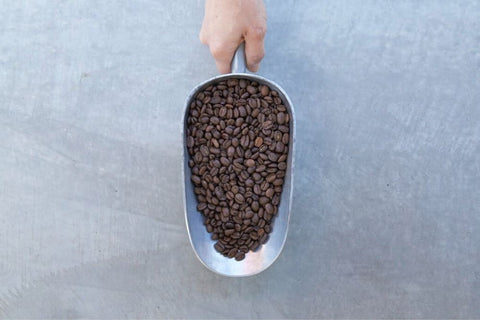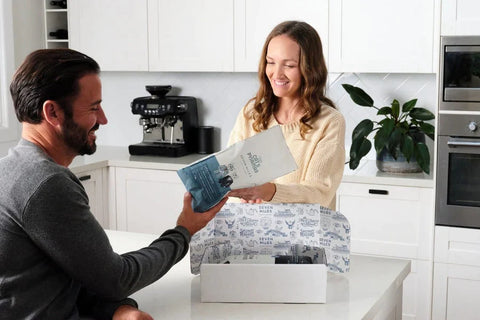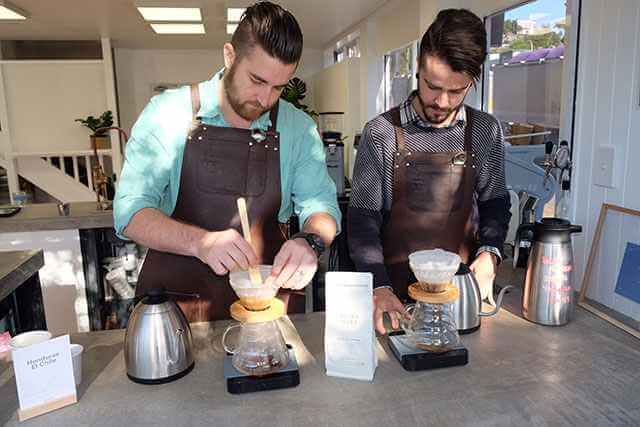The v60. A very simple and effective pour over style brewing device. The Japanese glassware company, Hario, created it, and Baristas and home brewers all over the world are utilizing it to create some pretty amazing coffee. The v60 works by sitting on top of a carafe, mug or jug, adding a paper filter and ground coffee to the cone, and then dosing a set amount of boiling water to the top. Simple, right? Not quite. To brew the best v60, we have to contend with a whole range of variables and control them. Grind size, dose weight, water temperature, brew weight and brew time are the most obvious and best to manipulate when brewing and most recipes are built around them. When I first started working alongside the fantastic Will Scholl, I noticed that we are pretty similar in a lot of our practices. I did also find, however, that Will’s pour over method was quite different to mine, in particular his pour pattern. While I’m a little, let’s say delicate, with my technique (I dose twice in gentle circles), Will dives in fist first and drops his full dosage of water on top of his coffee.
Whoa! Slow down there buddy, why attack the coffee?
Isn’t the point of filter coffee to highlight the delicate floral notes and highlight the depth of acidity and sweetness? Not to squeeze all the yummies out like an espresso? Will assured me he wasn’t hurting the coffee, he was only moving the brew process on its way a little faster and countered that maybe my method of pouring was agitating the coffee more than his, and perhaps even taking it a bit closer into that icky over extraction zone. A battle was on our hands! Who has the superior method, and is there something in this little clash of egos that we should be considering when approaching how we brew our v60s. Let’s get started. For the point of our experiment, we only wanted to test the two styles, and what effect they have on the end product. We will be keeping the coffee the same: dose weight, grind size, origin and roast. And the brew water: both will have the same temperature and total brew weight. What we are trying to find out though, is what effect on brew time the different techniques have, and what effect this then has on subjective taste and extraction yield.
The coffee
We chose a Kenya Girikima that we roasted on the 17th October.
The control
To try and control the subjective side of this test, we did a cupping of the Girkima and found that white peach, apricot, lemon & white chocolate, with subtle hints of bergamot on the nose were tasting notes that we could both identify in the cup and would be trying to highlight in our brews.
The variables
As for things we would be keeping the same between the 2 brews, it is really important that we dose the same brew water. This means the temperature is the same, and total amount used (beverage weight) is the same. What we are doing differently is the way we dose.
The recipes
Will’s recipe is:
- Coat dry coffee grounds with 50g of water (in 12 seconds), stir to cover all coffee, allow to bloom until the 30 second mark.
- Pour another 50g of water onto the coffee in less than 12 seconds. Total brew time so far is 42 seconds.
- Add final 120g of water and finish with a clockwise circle to finish the pour.
- Grab the filter paper around the collar and collapse twice, allow to drain.
My recipe is:
- Coat dry coffee grounds with 20g of water, stir to cover all coffee, allow to bloom for 30 seconds.
- Pour 100g of water onto coffee, in light circular motions coating all of the coffee. Finish by 45 seconds.
- Allow to drain for 30 seconds.
- Pour another 100g of coffee, in the same light circular motions, finishing final pour at 1:30.
- Allow to drain, collapse twice and serve.
The results
Once both our brews were complete, we found that Will’s total brew time was 2:45 compared to mine, which was 3:02. This gave us a difference in brew time of 17 seconds. Considering such a small time gap, I found some interesting differences. When tasting, Wills brew had a lighter weight on the palate and a nice floral aroma. My brew,however, had highlighted acidity and sweetness, closer to our tasting notes from the cupping control. For the numbers people, we did some refractometry. Wills TDS was 1.47% and an extraction yield of 25.06%, mine was TDS 1.28% giving an extraction yield of 21.82%.
Our conclusion
Now, before I jump the gun and conclude this little experiment, I need to state that this is just that, one little experiment. While this can be a guide for future, it is by no means final. We will endeavour to take on any feedback, scale the test up (bigger batches) and definitely collate a lot more data in hope to gather some stable evidence For this particular coffee, my brew style came up on top. Seems like being the delicate little flower wins this time! My extraction yield came in at a more suitable range, for only a little longer in the brew time. Its flavour was a little clearer and with better body.
